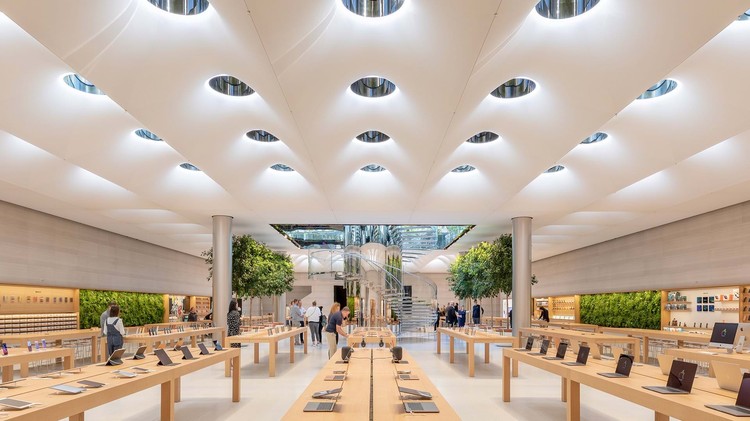
The General Motors Technical Center fascinates with architecture filled with an abundance of light. Interior offices and showrooms evoke the impression of a calm overcast sky for a human environment and beauty. The campus designed by Eero Saarinen represents an influential icon of midcentury design. Susan Skarsgard's book "Where Today Meets Tomorrow" opens intriguing perspectives to the origin of the American landmark.

















_Nigel_Young-_Foster___Partners_Westlake.jpg?1576163568)





















_0523.jpg?1554982545&format=webp&width=640&height=429)







